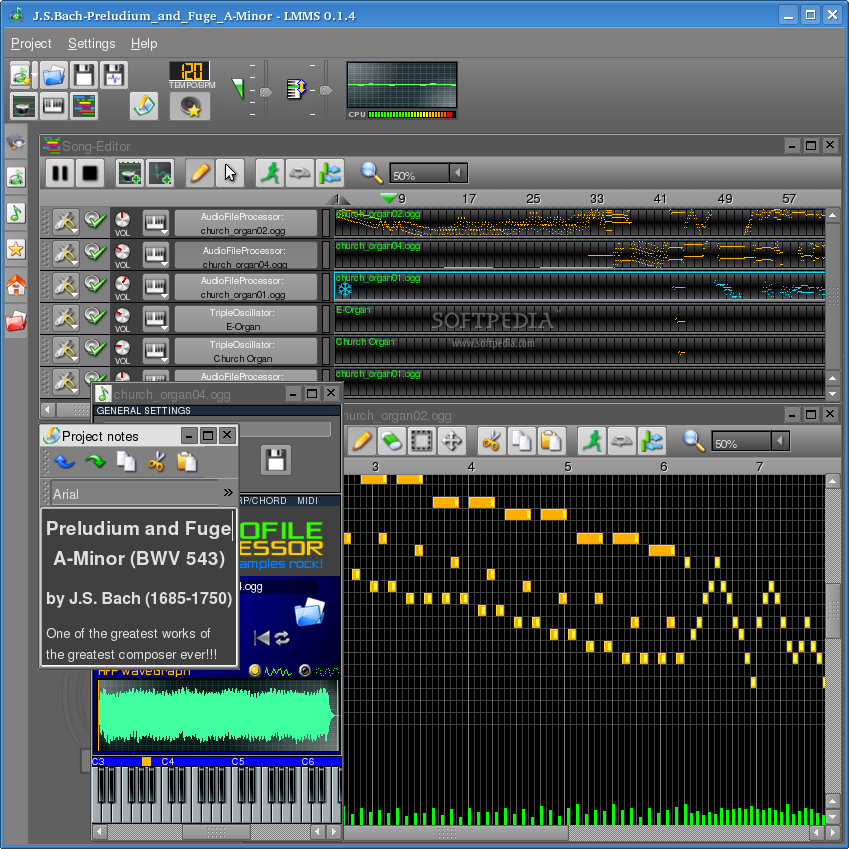
Note: LMMS will only accept CC0 licenced content.
Lmms samples how to#
Please contact us on #stock-library-project channel on Discord if you have questions about how to get something you created into the software. This is also the repository for addon sample packs which can be installed into an existing LMMS version.
Lmms samples software#
The second major weakness is that Audition is very expensive, and there are free alternatives like Audacity that are nearly as strong.The home for high quality samples, projects, presets and patches for LMMS desktop software to provide in the base installer. The first is that it does not offer MIDI support, and there are better options for anyone who wants to create music. There are two major disadvantages to Audition. What are the disadvantages of Adobe Audition? Here is a complete list of every file type supported by Audition CC: AC-3, APE, AU, AVR, BWF, CAF, EC-3, FLAC, HTK, IFF, M4A, MAT, MPC, MP2, MP3, OGA, OGG, PAF, PCM, PVF, RAW, RF64, SD2, SDS, SF, SND, VOC, VOX, W64, WAV, WMA, WVE, and XI. What audio files can be used in Adobe Audition?Īudition can open files with up to 32 channels. It’s great for a variety of styles from ASMR soundscapes to harsh metal vocals.

You need to make sure that the red “R button” is highlighted, which arms your track and prepares it for recording, you need to make sure that you have the right microphone selected, and you should enable the microphone in your computer’s privacy settings.Īdobe Audition is an excellent DAW when it comes to recording and mastering vocals.

There are three main reasons why your recording isn’t working in Audition. However, it lacks MIDI support which makes applications like Fruity Loops Studio, Garage Band, and LMMS other options that musicians should consider.

I always double check to make sure that I’m using the right hardware for the project I’m currently recording.ĭouble checking your input device is one of the best ways you can set yourself up for success. You can find these settings by clicking Adobe Audition > Settings > Audio Hardware. This is essentially your mic and headphones. Your next step is picking your audio inputs.

Step 2: Select Your Audio Hardware and Audio Input The single file audio interface will be the right choice when you only need the one track. The multitrack audio interface is ideal for larger projects with several separate tracks such as a podcast or vocals within an accompanying instrument. To get started, all you need to do is click File > New and then pick either a multi track session or a single audio file. I go through these five steps every time and it goes a long way to minimizing those small errors that can ruin a lengthy audio take. Here’s my audio production workflow for starting a new recording.


 0 kommentar(er)
0 kommentar(er)
